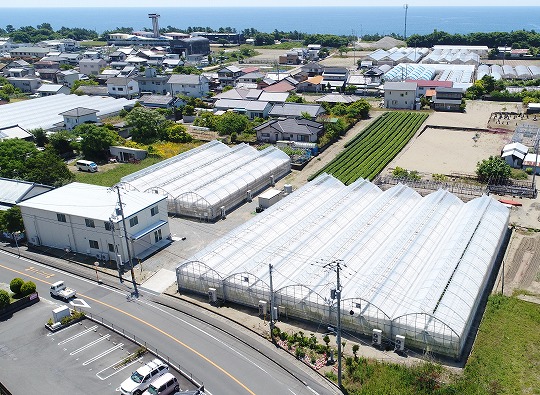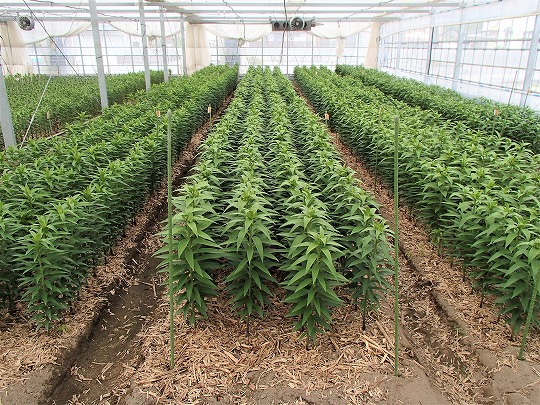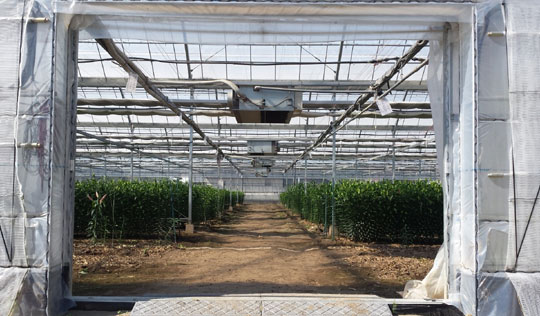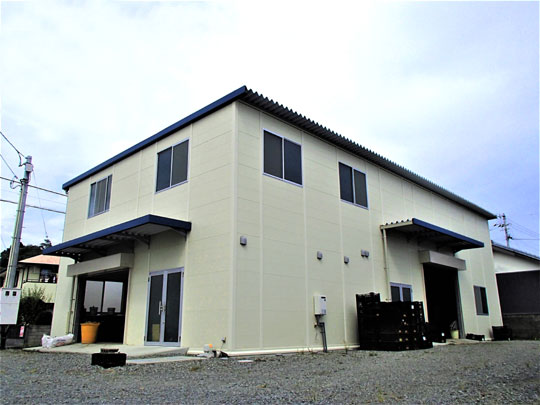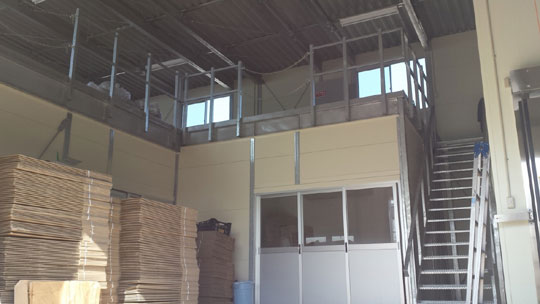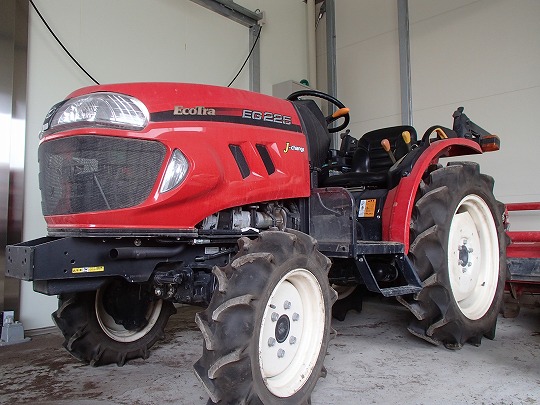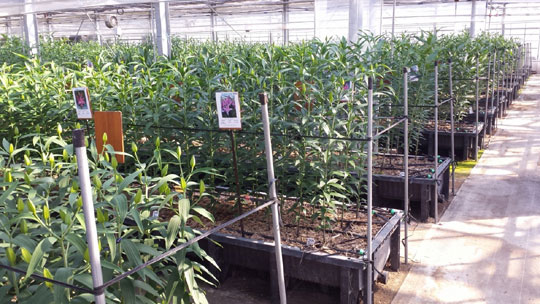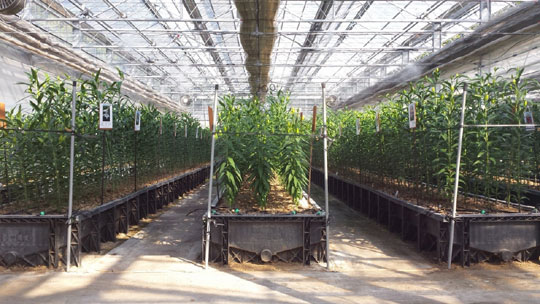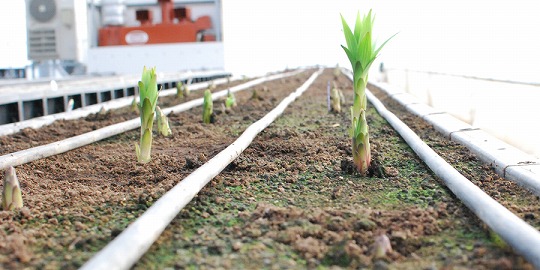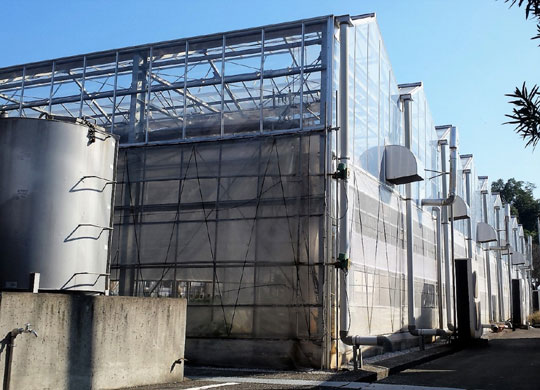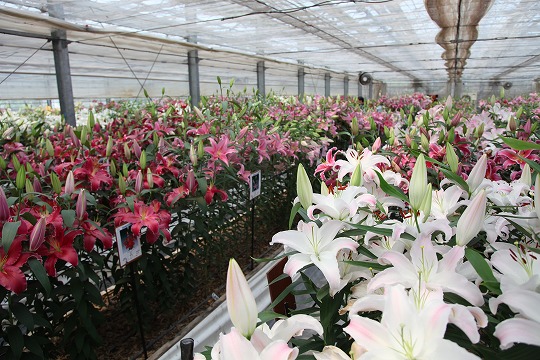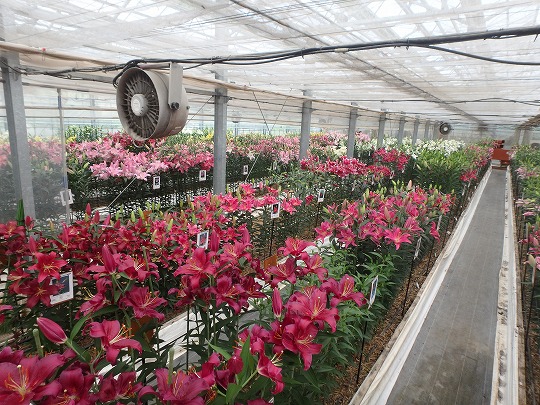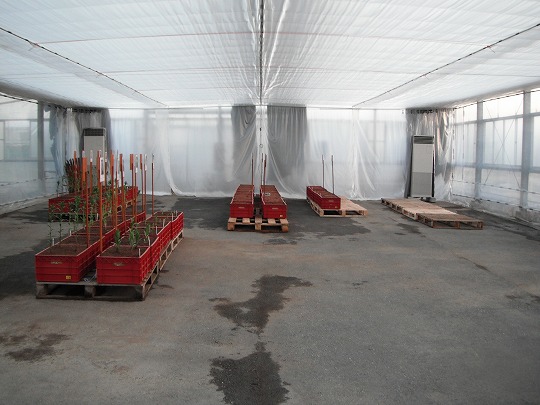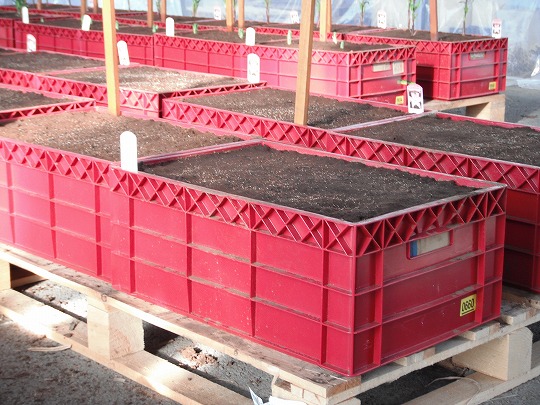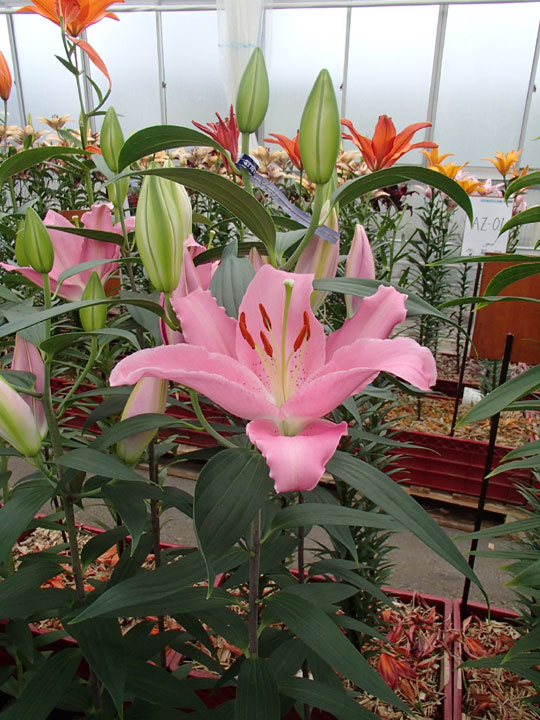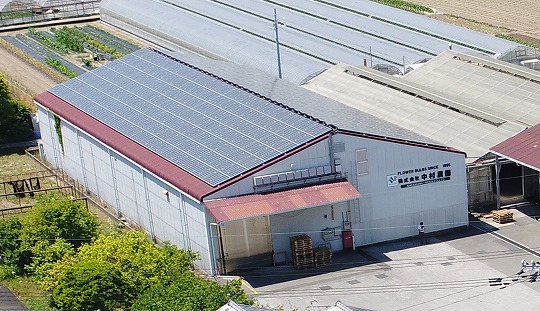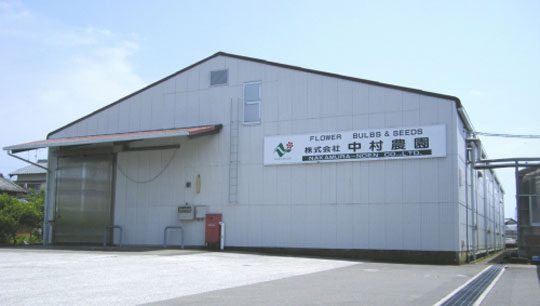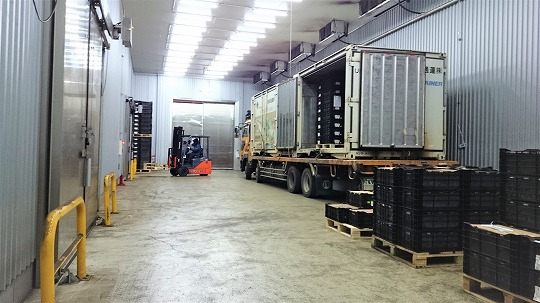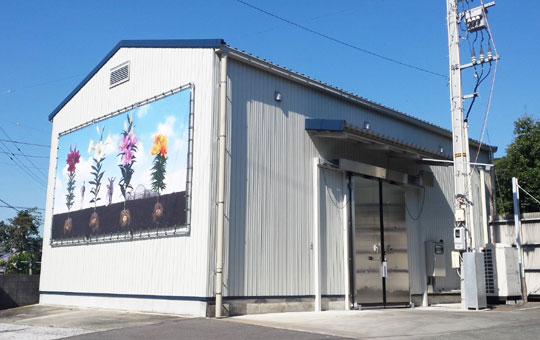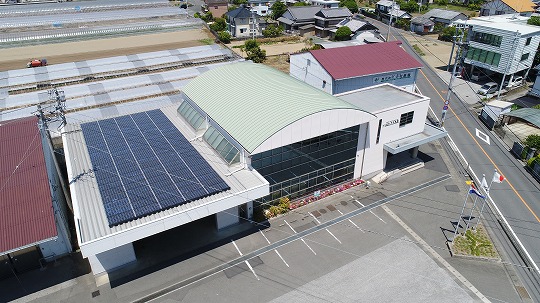Keigo Nakamura
It seems that Japan broke into full summer, but now in New Zealand it’s the middle of winter and also the middle of harvest season.
I would like to report the situation here.
① Research Results of Bulbs and Sprout Formation
I researched the following research as I did in Chile.

The characteristics of New Zealand this year are the lower temperature in summer (January – February) and the less sunshine duration compared to usual years. Even though there are gaps between varieties or lot numbers, generally sprouts are thin. Also like 2010, there wouldn’t be so many “too many buds”.
Autumn in March and April was mild as usual but it was slightly warmer in May, so people were worried that sprouts could be too high. In fact, the average sprout length is rather low compared to usual, and 70 to 80% were already harvested, so there should be no problem about this.
Thanks to the good weather after planting season, the bulb growth had already been advanced in summer.
The table below is the comparison of 2012 Chile crop and 2012 NZ crop.

As I mentioned in my report of trip to Chile, the gap between two countries’ production (production system and techniques) is becoming smaller. Chile crop has thicker sprouts (bigger sprout width and stem width) than NZ, and this result had never appeared in my research so far (from 2005).
② The Shoreline Defense against Virus
More or less, NZ crop has virus problems like Chile or Holland. While their facilities are efficient, each of them has only one sorting line so only they can isolate or remove the infected lot numbers.
Royal Van Zanten NZ has no PlaM Virus infected lot numbers. The problem of Mosaic Virus which was a big trouble in 2011 is now solved, so RVZ is not doing special changes for virus protection.
Bakker distinguish the infected lots from non-infected ones by harvesting the infected bulbs at last. Moreover, they will dispose all the bad lot numbers from Crop 2013, but the production of material bulbs is good overall so the production area won’t be decrease.
Island Bulbs has a little problem. They are disposing fields of infected lot numbers to solve the problems. The results of eliza test are disclosed by Onings and some other companies, so exporters will judge and decide what to do after the results.
Island Bulbs is not yet planning to move to South Island. 2013 crop will be grown in North Island (there will be some production in South, too).
The virus problems in NZ is only limited, so they are mainly disposing the infect lot numbers for solution. The only worry is that the results of eliza test were not very reliable until last year. I hope that they will do better from now by considering the timing of collecting leaf samples, doing other related tests like PCR, or examining more than once even though cost more.
The information of result about NZ crop is not opened very much (this might be because they want to keep the image of “NZ crop is clean”. Therefore, we will keep requiring export companies to take responsible action and decision for the future, not reacting about present demand only (this is the same with 2012 NL crop).
③ In Conclusion
I checked many lots in both Chile and NZ, and I was relieved that there weren’t big problems, and the condition of bulbs and the process after harvesting was generally good.
The harvesting is going well in spite of light rain, but sorting just came to the halfway. We will inform shortages information after harvesting to the related customers as soon as we get the results. We would like to appreciate your support.



